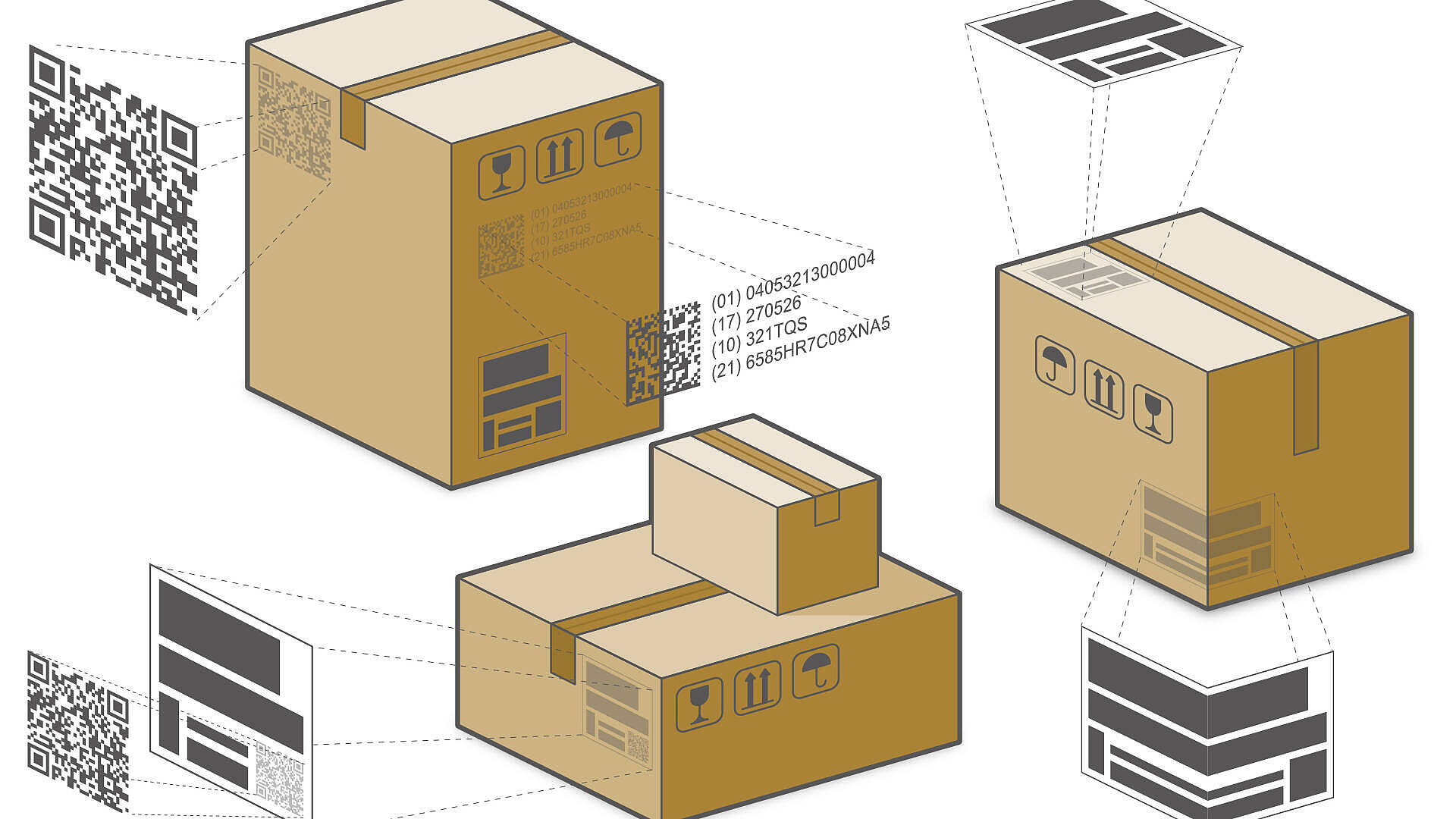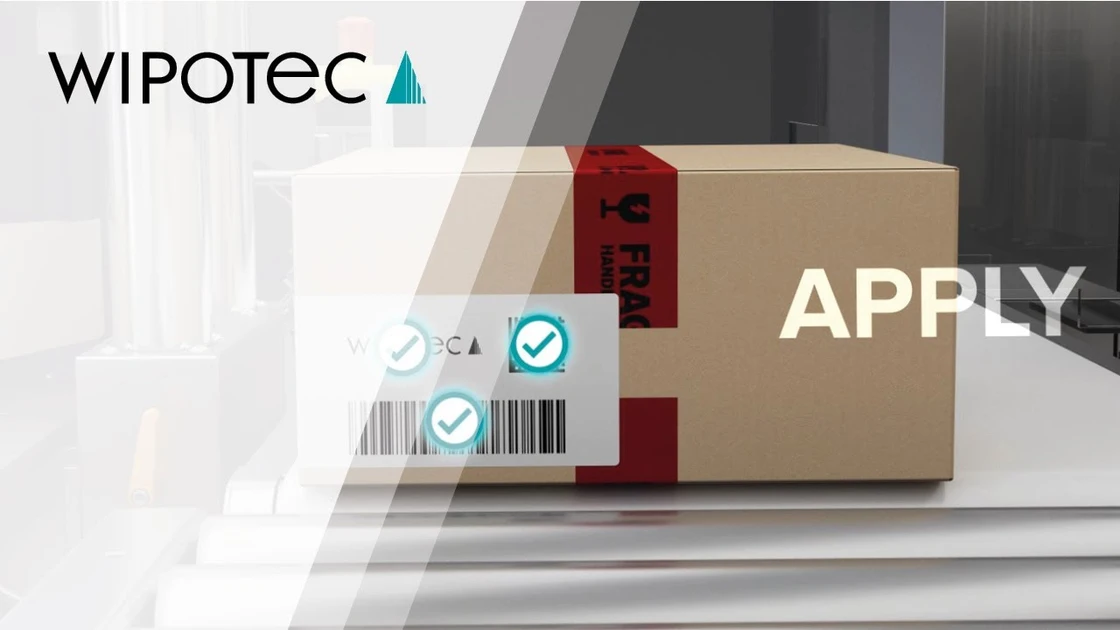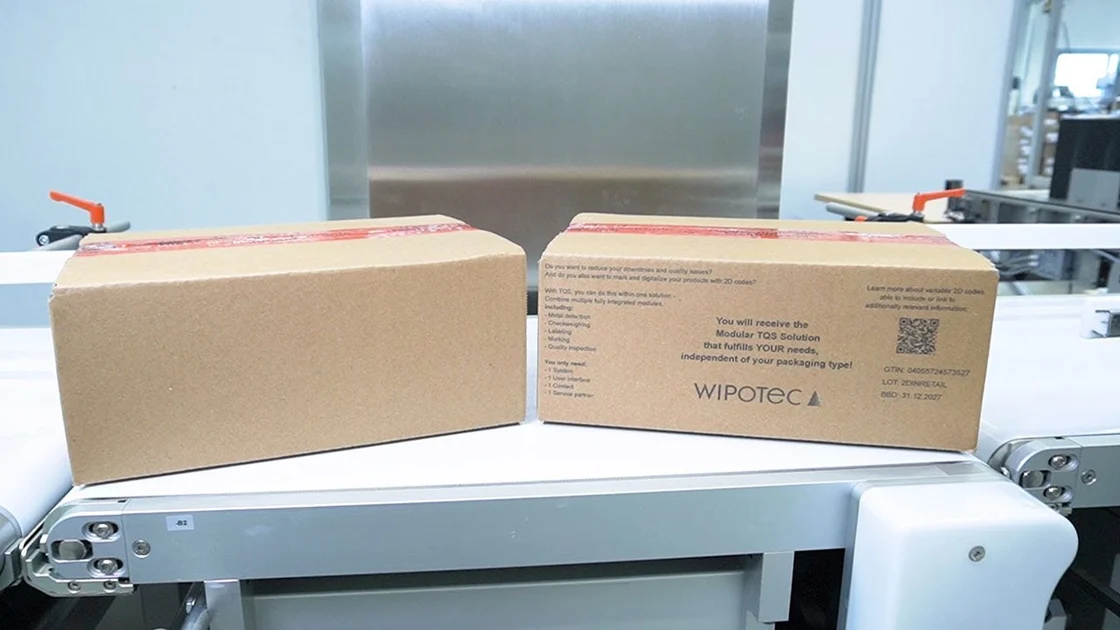
How to Select the Perfect Case Labeling System for Your Business
Manufacturers are looking for speed, precision and flexibility. An ideal solution therefore meets all these requirements without making compromises. At the same time, it must be user-friendly and easy to operate. This can only be achieved by combining transport, label printing, label application and optical inspection in one control system. However, the effort involved in combining and coordinating these individual components is huge. That is why we offer these systems as ready-to-use turnkey solutions: TQS
Product handling is the key to increasing throughput
The process of applying labels is restricted in its speed by the laws of physics. Therefore, the aim is to get the best possible result within these limits. To achieve this, all elements must work together seamlessly. Only if the transport is adjusted to the product and the labeler is aligned, it can apply the label with the perfect timing. And only then the system can achieve maximum throughput.
Systems over components
An integrated system provides significant benefits compared to installing separate components. It streamlines automation, making operations more efficient and less complicated. Instead of individually attaching and managing printers, labelers, and cameras to conveyor belts – each from a different vendor – you can have a unified solution. This simplifies setup and coordination, saving time and reducing the need to juggle multiple points of contact for support. A modular system that is tailored to your requirements includes all marking and inspection steps in one unit. With one central display managing article and layout parameters becomes simple and streamlined. This makes installation, production, and service operations as convenient and efficient as possible. At the same time, the modular solutions are tailored to your specific requirements, giving you the flexibility you need – keeping you ahead of the curve.
Enhancing Traceability with optional Serialization and Aggregation
Serialization and aggregation are critical for modern case labeling, ensuring robust traceability and compliance. Implementing optional serialization, such as using SSCC numbers (Serial Shipping Container Code) allows for unique identification of each case throughout the supply chain. Aggregation links individual products to cases and cases to pallets, simplifying inventory management and recall processes. With TQS, these are simply software options. Effective data exchange with labeling units is paramount, requiring open interfaces and standardized communication protocols like OPC-UA (Open Platform Communications Unified Architecture). These technologies enable seamless integration, real-time data sharing, and interoperability across different systems. Embrace these advancements to future-proof your labeling processes.
Benefits of integrated systems
Print and apply
In a combined turnkey system all modules are already synchronized. Conveyor, printer and labeler speeds work in harmony.
Inspect, Check, Verify
Teaching in a camera when changing articles is very complex and time-consuming. We save you this effort by integrating the camera in the same control with the other modules.
Weighing and sorting
Make sure that only 100 % correctly filled cases are shipped. If the weight is out of tolerance, the system will sort it out for rework.
Label-free labeling
State-of-the-art printing technology allows to mark cases directly instead of applying a label. Many companies are not aware that there are solutions to directly mark cartons with dynamic information. Solvent- and waterbased inks allow high print quality even on non-absorbent surfaces. The significant advantages of this innovative method have made it very popular and it is being adopted in the market rapidly.
Benefits of direct marking
- Works on a wide range of surfaces
- Reduced material costs – no labels
- Less maintenance
- Faster processing, higher throughput
- No peeling, creasing or wrinkling
- Print layout is easier to change than physical labels
- No need for label storage and inventory management
Conclusion
Choosing the right case labeling system is crucial for optimizing your packaging operations and ensuring compliance with industry standards. Wipotec provides advanced case labeling technology, including direct marking and integrated inspection. We are here to help you make informed decisions that enhance efficiency, reduce costs, and improve overall product quality. Embrace our innovations to stay competitive and meet the ever-evolving demands of the market. For a deeper dive into specific technologies or personalized consultations, our local sales representatives will be happy to support.
Subscribe to our Blog
Sign up for our Blog Newsletter and be notified only if new articles are published.

